When you think about a desert photoshoot, what comes to mind? For many people, the idea of a photoshoot in the desert conjures up images of vast expanses of sand, endless blue skies, and rugged rock formations. It’s no wonder that photographers love shooting in this unique and visually stunning environment! In this article, we will provide some tips on how to capture amazing shots during your next desert photoshoot. So pack your camera and get ready for an adventure!
Tips for Desert Photography
Desert photography is truly a magical experience. With its unique terrain, vast open spaces and captivating sunsets, the desert offers photographers an amazing range of opportunities to capture the beauty of nature in all its glory. From dramatic landscapes and majestic cacti to awe-inspiring stargazing and vibrant night skies, there is no shortage of possibilities when it comes to beautiful desert photoshoots.
Desert photography however is not the easiest task, and it requires planning and pre-production to make sure your shoots are successful. In this section we will discuss some of the main tips on how to achieve your desired result.
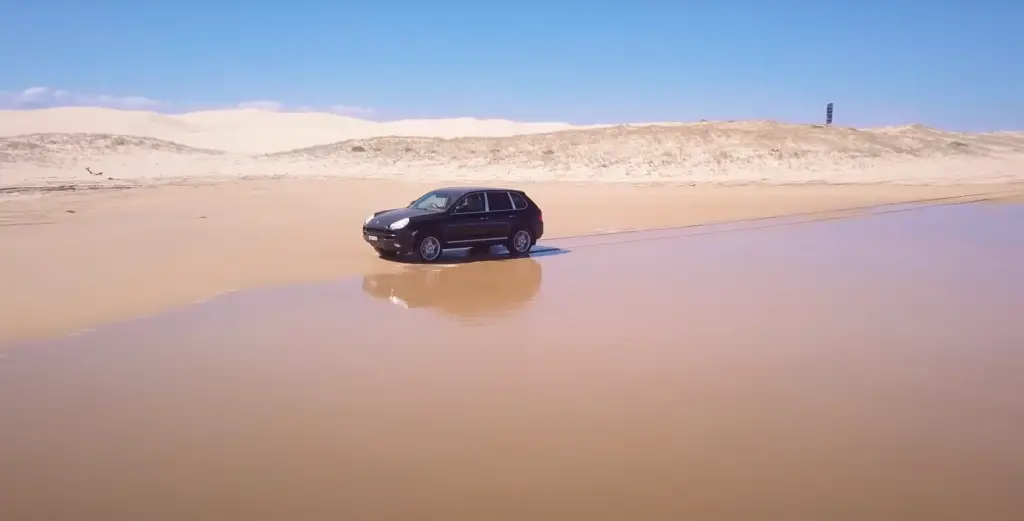
Avoid shooting midday
One of the most important tips when shooting in a desert is to avoid the midday sun. The harsh shadows, overwhelming light and heat make it difficult to capture stunning images during this time. Instead, aim to shoot at either dawn or dusk when the sunlight is softer and more even. This will create warmer tones in your shots and allow for much better results.
Check the weather beforehand
Weather is one of the most important factors when planning a desert photoshoot.
If there is a chance of rain or strong winds, it may be best to reschedule or move your photoshoot to an alternative location.
It can also be helpful to plan around sunrise and sunset times, as both early morning and late evening light can provide perfect soft lighting for many desert shoots. This can range from warm golden-hour skies for landscape photography or cooler blues for night photography involving starscapes or milky ways.
Last thing you want is to be caught in the sandstorm or unexpected rain which can potentially ruin your equipment and also make your shoot impossible to complete.
Prepare the right gear and equipment
Deserts can be harsh environments, and you want to make sure that your equipment is well prepared for the conditions. Depending on what type of photography you are doing, there are a few items that should be taken into consideration.
For landscape photography in particular, it’s worth investing in a sturdy tripod with long legs to help stabilize shots. If you plan to shoot at night then bringing along some extra LED lighting (such as flashlights or car headlights) will also be incredibly helpful when setting up those starry night shots! Additionally, having spare batteries and memory cards is always a good idea too.
In terms of clothing and protection from the elements, desert photoshoots require light layers of clothing such as UV resistant t-shirts, long trousers and hats/visors to help protect from the sun. Sun protection such as SPF 50 is also advisable, especially when shooting during the hotter hours of the day.
And don’t forget about water!
Make safety a priority
Your own safety should always be your top priority. Although it may seem like an obvious point, it’s easy to forget in all the excitement of capturing stunning shots!
Depending on what type of photography you will be doing, research your location beforehand so that you know what to expect and can prepare accordingly. If you’re looking at shooting around cacti, take the time to familiarize yourself with their locations, as they are often sharp and spiky – so it pays to be careful!
Finally, don’t forget that deserts can get extremely hot during the summer months so make sure you bring plenty of water and dress appropriately for the temperatures.
Grab composition tools
Composition is a key factor in any photoshoot, and desert photography is no different. Many photographers will opt to use traditional tools such as tripods or monopods when shooting in this environment but there are also many other options available.
For example, you can bring along an ND filter, which will help reduce the light entering your lens and enable you to capture longer exposures for dramatic landscape shots. You may also want to bring along some props such as rocks or boards which can be used in creative ways to add interest and texture to your images.
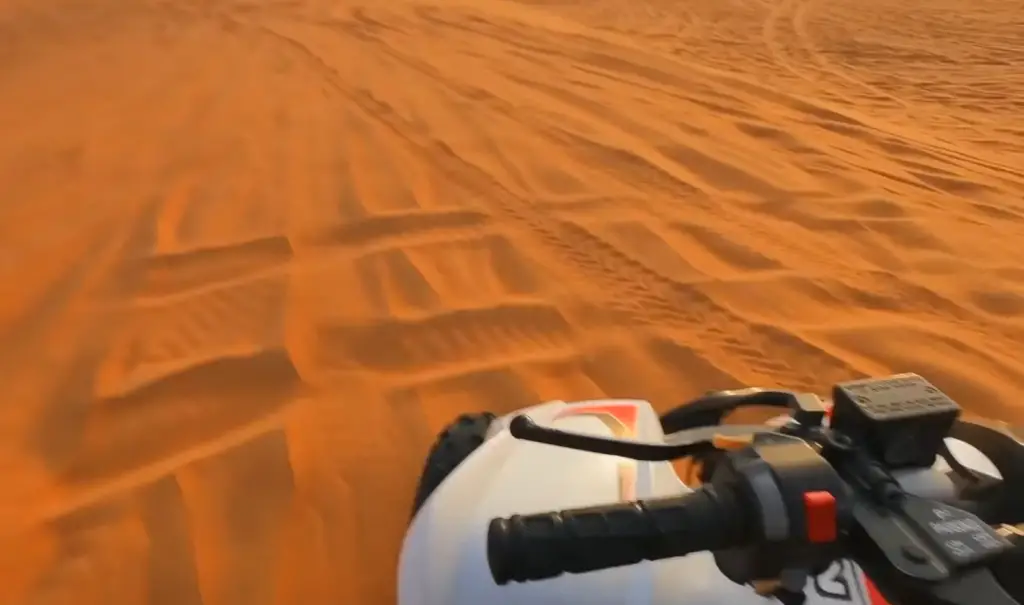
Consider taking panoramic shots
One of the best things about photographing in a desert environment is the vastness of the landscape, and there are few better ways to capture this than with panoramic shots.
Taking multiple images at different focal lengths and then stitching them into one massive image allows you to show off huge scenes that would otherwise be impossible to capture with just one frame. A wide-angle lens such as the Sigma 8-16mm is often recommended for these types of shots as it enables photographers to capture more detail across a larger area. Also try experimenting with different angles and perspectives – don’t be afraid to go low, high or even upside down! Some photographers also opt for taking multiple shots and then stitching them together in post-production (using software like Photoshop) to create a single panorama image.
Use flash
Using flash when shooting in a desert environment can add drama and depth to your images. However, due to the vastness of the landscape, you will need to use powerful flashes with wide-angle lenses for them to be effective.
You may want to consider investing in a long-range flash (such as those made by Profoto) which allow you to sync up multiple units around the scene and play with shadows and highlights accordingly. Additionally, using an off-camera flash such as a speedlight or strobe set up on a stand will help you balance out any harsh sunlight and fill in darker areas of your image to create more interesting shots.
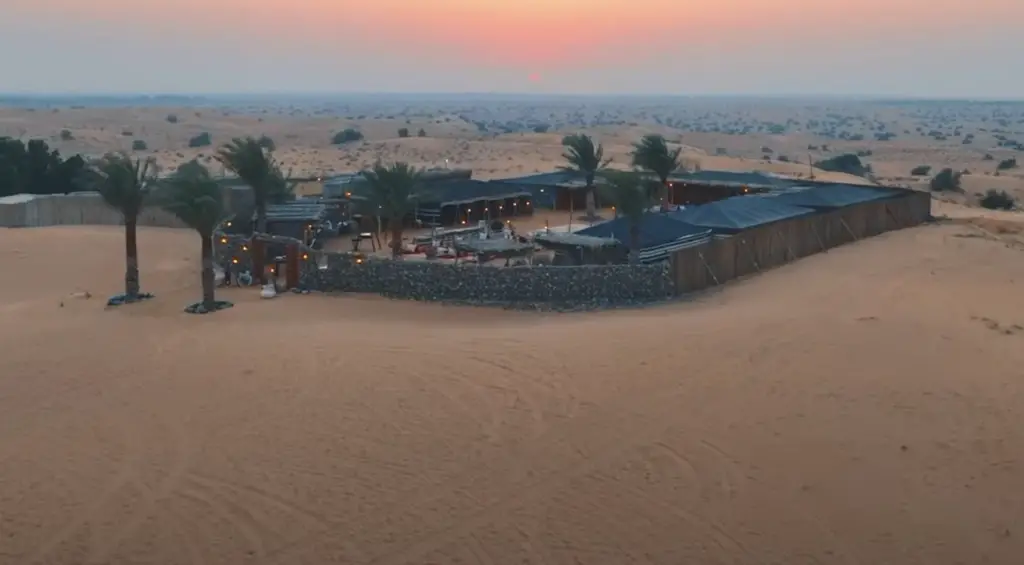
Capture sunset silhouettes
The desert provides some of the most beautiful sunsets and if you time it right, you can capture stunning silhouettes against the horizon.
To create these shots, you’ll need to position yourself with the sun behind your subjects and use a wide-angle lens so that you can fit both them and the sunset into one frame. Try experimenting with different angles and perspectives to get creative with your composition – from shooting with a low angle for more dramatic silhouettes or shooting from high up for expansive landscapes.
To get the best out of this type of shot, make sure to expose correctly for the scenery (and not the subject) as they will blend into the background anyway. Also consider using flash or reflectors to add highlights in the foreground of your shots.
Take a shot of the stars
Deserts can be great locations for night photography, as the clear skies and lack of light pollution make them ideal spots to capture stunning shots of the stars.
To get the best out of this type of shot, you’ll need a digital camera with manual settings, a tripod and a remote shutter release (or smartphone app). You will also need to set your ISO to its lowest value (around 100) and use wide aperture lenses such as an f/2.8 to let in more light. Finally, it’s important to consider the direction you are shooting in when setting up your shot – opt for an area that is away from any light sources (such as cities or towns) in order to avoid any light pollution ruining your photo.
Once set up, take a few test shots and adjust the exposure accordingly until you get the desired results. If you have time, try taking multiple shots and then blending them together to create an even more stunning image! [1], [2], [3]
Locations for Desert Photography
Now that you are aware of some ideas and tips for desert photography, it’s time to start planning your next shoot. Let’s discuss all the potential places you can take some stunning desert photos.
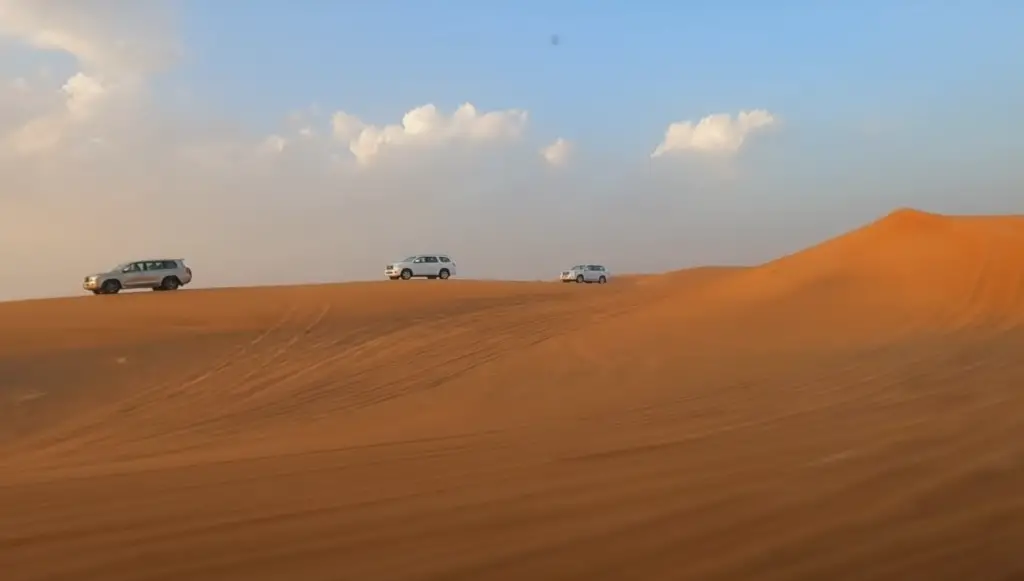
Coachella
The popular Coachella Valley in California is a great location for desert photography. The area offers an array of interesting locations, from the famous Salton Sea to the stunning sand dunes and Joshua Tree National Park – all creating a unique setting for your photos.
The best time to visit the area is during spring (April/May) when temperatures are still quite pleasant and the landscape is filled with color from flowering plants. However, keep in mind that it can get quite busy at this time of year!
Palm desert
The Palm Desert is one of the most iconic desert locations in the world. It features stunning landscapes, unique flora, and expansive views that make it a perfect spot for desert photography.
When shooting here, be sure to look out for the Joshua trees that are scattered around the landscape – these can provide excellent foreground elements for your shots or even serve as subject matter in its own right. Additionally, consider using longer lenses such as 70-200mm to capture some amazing wildlife or candid portraits of people living in this part of California.
Phoenix
Phoenix is an ideal location for desert photography, with its many parks, monuments and other outdoor sites. Some of the most popular spots to take photos in Phoenix include Camelback Mountain (a great spot for sunsets), South Mountain Park, Papago Park and Piestewa Peak.
If you’re looking for more remote locations away from any light pollution then head out to White Tank Mountain Regional Park or Agua Fria National Monument. For those who prefer something indoors, there are also some fantastic museums such as the Arizona Science Center or Heard Museum which provide great opportunities for shooting landscapes as well.
Tucson
Tucson is a great place for desert photography and offers many diverse landscapes, from mountain ranges to open deserts. The Sonoran Desert in particular is well known for its cacti, wildflowers and vibrant sunsets.
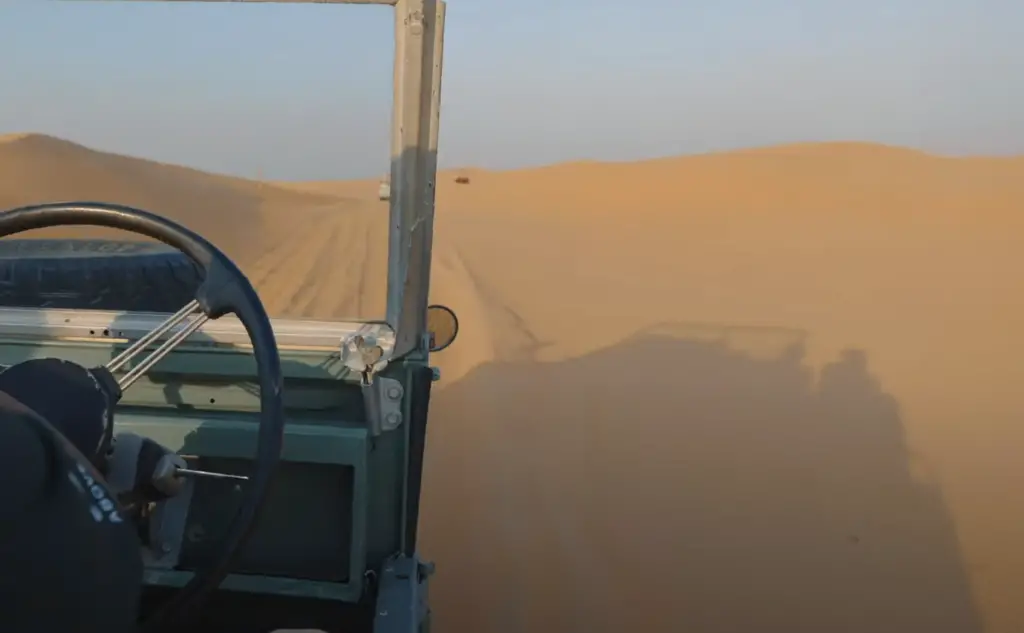
The Saguaro National Park and Organ Pipe Cactus National Monument are two of the most popular locations here but you can also find plenty of stunning scenery around Tucson itself. Some of the best spots include Sabino Canyon, Gates Pass and Mt Lemmon – all of which offer excellent views over the city and surrounding area.
Joshua Tree
Joshua Tree is one of the most photogenic locations in the US when it comes to desert photography. With its towering rocks, breathtaking views, and unique wildlife, this national park is the perfect spot for any aspiring photographer looking for an adventure. Make sure to look out for all the iconic Joshua trees when you are there as they make great subjects!
Santa Fe
Santa Fe is known for its unique and stunning landscapes, making it an ideal destination for desert photography. The best time to visit this area is during the summer months when the light is at its most intense and vibrant, creating a perfect backdrop for your photos. Head out of town and explore the nearby canyons, mesas or valleys – you’ll be spoiled with beautiful vistas.
As well as traditional landscapes shots, why not try shooting some abstract images using shadow play? Look out for natural shapes and textures in the rocks and sand to create interesting compositions. You could even consider taking some night shots here too – after dark you’ll see incredible views of the Milky Way that will make for amazing images!
Sedona
Another of the most popular destinations for desert photography is Sedona, Arizona. This stunning landscape offers a variety of landscapes from red rock formations to canyon walls and pine trees – all against dazzling blue skies.
If you’re looking for something different, try heading to nearby Page, AZ which is home to some spectacular slot canyons such as Antelope Canyon and Zion National Park in Utah – both are great spots for capturing interesting perspectives.
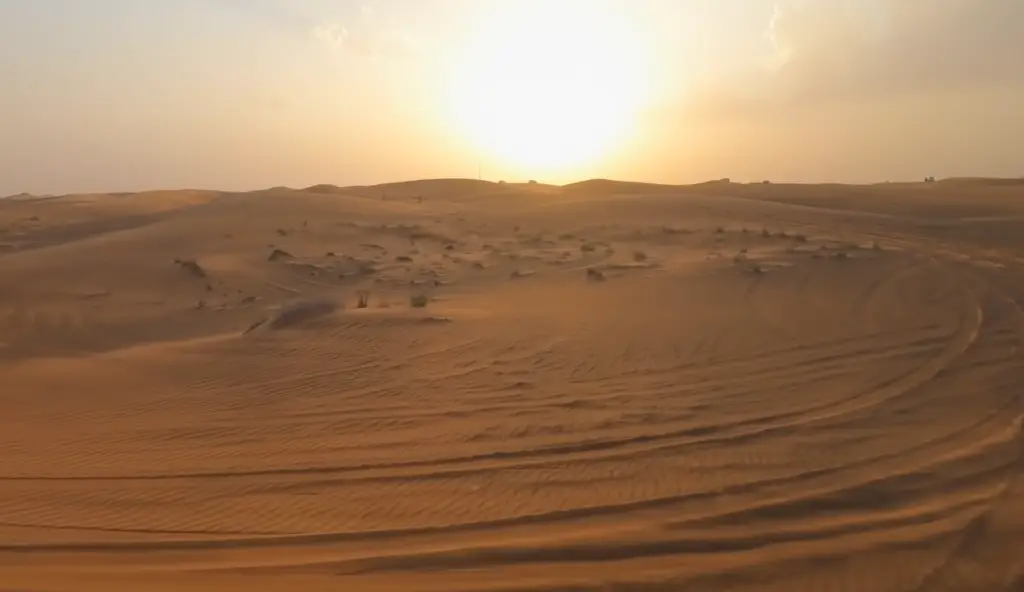
Albuquerque
The city of Albuquerque in New Mexico is a great spot for desert photography, as it’s surrounded by the Chihuahuan Desert on all sides. Here you will find plenty of unique landscape features such as unusual rock formations, beautiful sunsets and even ancient petroglyphs – each providing excellent opportunities to capture stunning shots.
As well as being home to some amazing scenery, Albuquerque also offers easy access to the Rio Grande river which provides some exceptional wildlife-viewing opportunities.
Las Vegas
Las Vegas is not only about the bright lights and wild nightlife – it is also home to some stunning desert landscapes. If you’re looking for some unique photo opportunities, why not visit the Valley of Fire State Park or Red Rock Canyon National Conservation Area just outside of Vegas?
The Valley of Fire provides a plethora of different backdrops that are perfect for any type of shoot – from its red sandstone formations to its vivid wildlife. Red Rock Canyon is also great for landscape shots and offers plenty of diverse terrain from which to choose, including towering cliffs and boulder-strewn hillsides. Both locations provide ample opportunity for sunset photography too!
Kanab
Kanab, Utah is a great spot for desert photography. It features vast desert landscapes with plenty of red rock canyons and buttes. The nearby Coral Pink Sand Dunes State Park is also worth checking out for some beautiful shots featuring pristine white sand dunes and contrasting colors.
Mojave
The Mojave Desert is an expansive region that spans across southern California, Nevada and Arizona. It’s home to some of the most iconic desert landscapes in the US, including Joshua Tree National Park and Death Valley National Park.
If you’re looking for a great place to start your desert photoshoot, Joshua Tree is always a great choice – with its unique rock formations and cacti-filled wilderness it’s sure to provide you with plenty of eye-catching imagery. If you’re after something more remote (or less touristy), consider heading east towards the Amboy Crater or west towards Kelso Dunes for stunning views of sand dunes against mountain ranges.
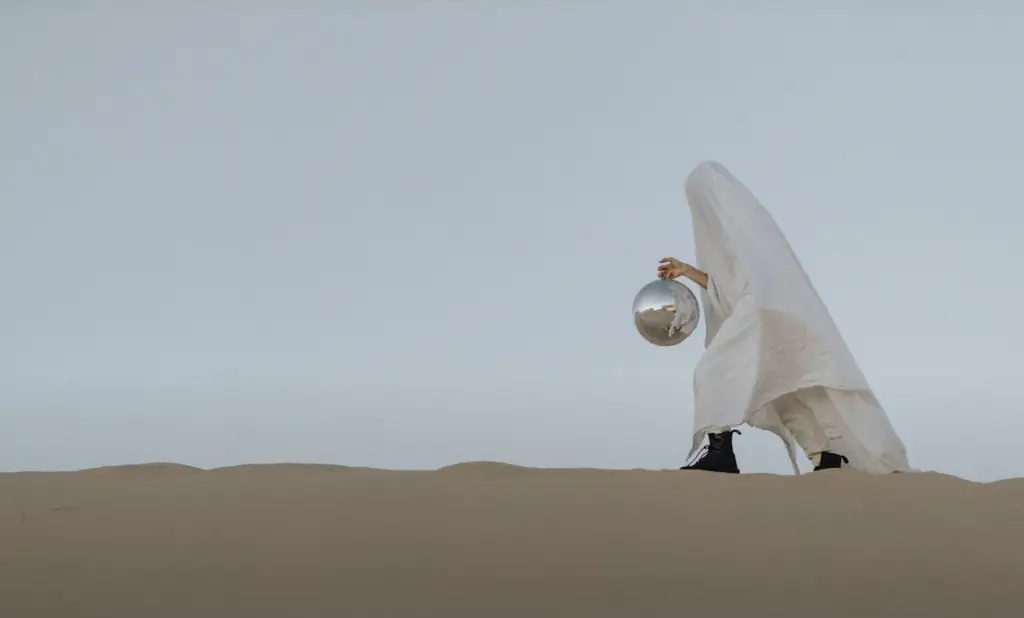
Malibu
Malibu, California is one of the most popular spots for desert photography. This beach town has a picturesque landscape with rolling hills and miles of golden shoreline. The beach is perfect for taking photos of sunrises and sunsets, while there are also plenty of open fields in the area to use as backdrops for your photoshoots. [1], [2], [3]
FAQ
What is the best time for desert photography?
The best time for desert photography is just after sunrise or just before sunset. The light during these times will be softer and more diffused from the atmosphere than at midday, resulting in a high-quality image with beautiful, warm tones. Additionally, shooting during this time will allow you to capture unique shadows as the sun’s angle changes throughout the day. It’s also important to keep in mind that deserts can often be extremely hot during the middle of the day, so it may be wise to plan ahead and plan your shoots accordingly.
What are the best desert photography locations?
When looking for the perfect desert photography locations, it’s important to take into account the type of shots you want to achieve. If you’re looking for wide open expanses of sand and stunning sunsets then head to deserts like Joshua Tree in California or Monument Valley in Arizona. These locations are great for capturing panoramas and breathtaking landscapes – think dramatic colors and huge skies!
If you want a more intimate setting, why not try Death Valley National Park? This park has amazing rock formations as well as sweeping canyons and wildflower-filled meadows. It’s also a great spot for night photography if you’re feeling adventurous!
Finally, don’t forget about the Sonoran Desert! This vast expanse of land is home to cacti, wild animals, and mountains. It’s an amazing spot for taking photos of unique wildlife like javelinas, coyotes, roadrunners and more.
What are some desert photoshoot ideas?
A desert photoshoot can be a great way to capture amazing shots of the unique beauty of the desert. To help you get started with your photo project, here are some ideas to consider:
Capture the vastness and unending horizon of the open terrain. A wide angle lens will help you achieve this effect. Try experimenting with different angles and distances from your subject to create more interesting shots.
Rock formations are another popular theme for desert photoshoots. Explore different areas for interesting rock structures that make for interesting backgrounds or focal points in your photos. If there’s an opportunity, try using natural light coming through a crevice in between two rocks to create an amazing silhouette effect in your shots.
Capture the unique wildlife in the desert. Look for lizards, birds, and other small animals that can make for great subjects in your photos. If you’re lucky enough to find a roadrunner or coyote out in the open, those are even better!
The sun setting over the horizon is one of the most iconic sights you’ll see on a desert photoshoot. Try experimenting with different angles and focal lengths to capture dramatic sunsets filled with beautiful oranges and reds. You can also try zooming in tight on certain elements such as cacti or rock formations to create some truly stunning photos.
What lens is best for desert?
When shooting in the desert, you want to use a lens that can capture broad landscapes but also has enough range for close-up shots. A wide angle or ultra-wide angle zoom lens is ideal, as it will allow you to capture sweeping vistas and unique compositions. To get the most out of your shots, look for lenses with a fast aperture (f/2.8 or faster) so that you can take advantage of shallow depth of field and low light situations. Additionally, consider bringing along a telephoto lens to capture details from far away subjects or distant landscapes.
Useful Video: DESERT PHOTOGRAPHY !!
Conclusion
Desert photography can be an incredible experience. With the right knowledge and equipment, you can create amazing photos that capture the beauty of the desert. Whether you’re planning a special event or just want to take some beautiful shots on vacation, these tips will help you make sure your desert photoshoot ideas turn out as perfect as possible!
Be sure to bring plenty of water, choose the right location, use proper exposure settings, experiment with creative angles and lighting, and protect your gear from the elements. Above all else, don’t forget to have fun while capturing those unforgettable moments in the sand!
We hope our guide has helped give you some great ideas for making your next desert photoshoot go off without a hitch. Best of luck and happy shooting!
References
- https://www.adorama.com/alc/desert-photography-ideas-and-tips/
- https://www.peerspace.com/resources/desert-photoshoot-ideas-to-get-that-stunning-shot/
- https://www.slrlounge.com/8-desert-photography-tips-for-beautiful-results/





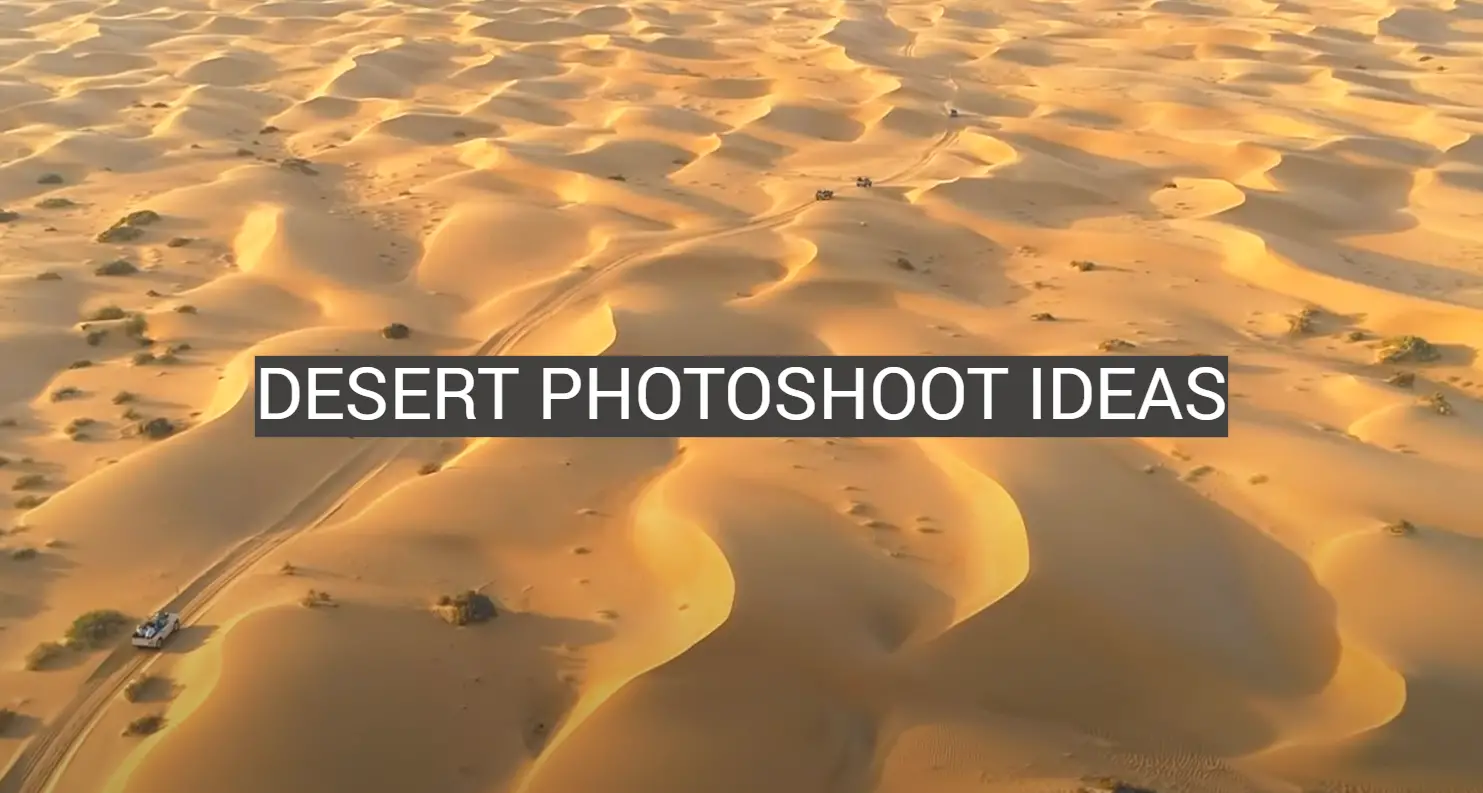
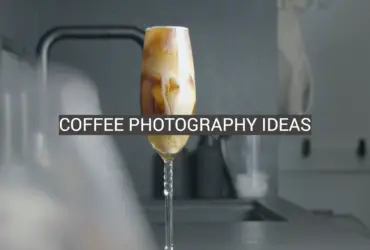
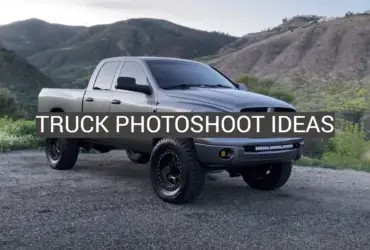
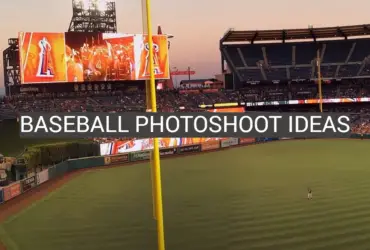
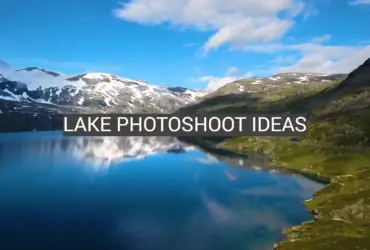

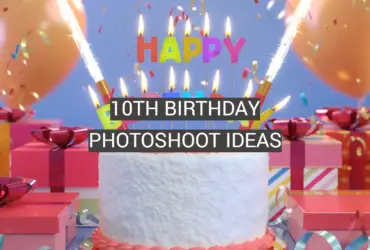
Leave a Reply